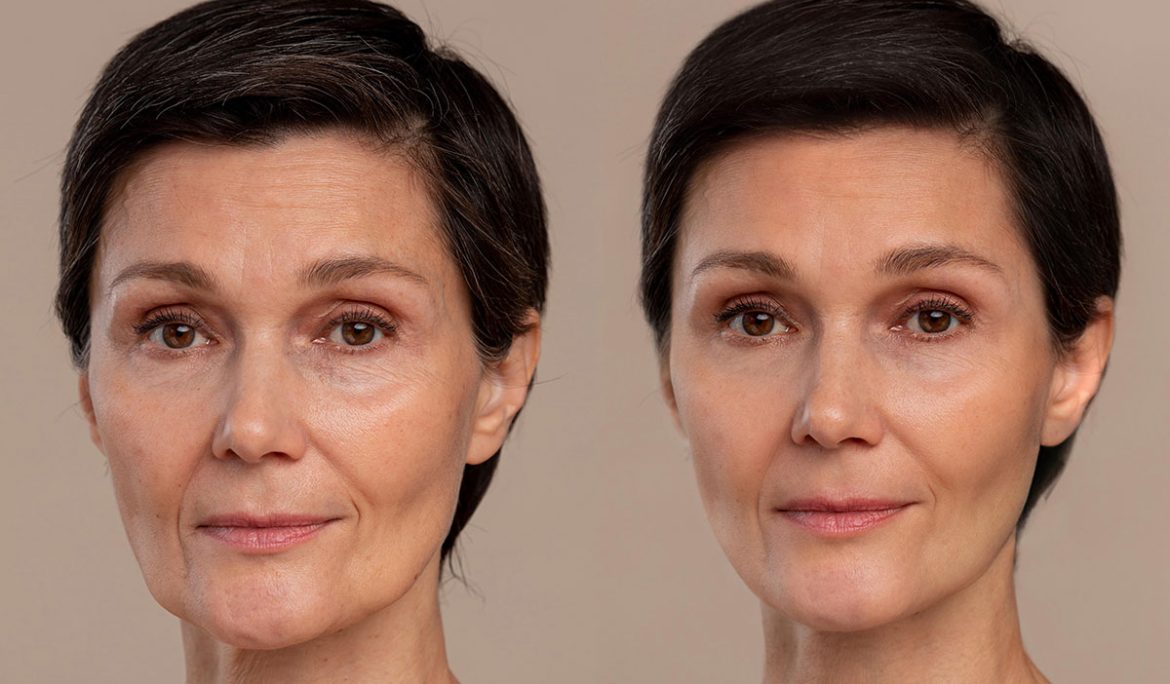Laser skin resurfacing and blepharoplasty (a.k.a., eyelid surgery) are both excellent standalone options that address different age-related problems around the eyelid area. Sometimes, the two procedures are performed in tandem to accomplish several anti-aging goals simultaneously. Below, the oculoplastic surgeons at Zen Blepharoplasty Approach explain the benefits of this approach and when we generally recommend it to our patients.
Blepharoplasty at a Glance
Blepharoplasty is an excellent way to address deeper problems with the eyelid tissues, including loose, redundant skin and fat displacement. Upper blepharoplasty is designed to remove lax, saggy eyelid skin that can be heavy and sometimes droop over the lashline, restricting peripheral vision. Upper blepharoplasty can also reposition displaced fat and lift the eyelid skin to create wider, more youthful-looking eyes.
Lower blepharoplasty is intended to smooth out under-eye bags and puffiness, areas of depression beneath the lower eyelids, and excess wrinkles in the lower eyelids. However, the procedure cannot improve the appearance of wrinkles around the corners of the eye, which are known as “crow’s feet.” This is where laser skin resurfacing can be tremendously helpful.
Laser Skin Resurfacing at a Glance
Laser skin resurfacing is a versatile procedure recommended for many different anti-aging objectives. It is often performed to minimize the appearance of noticeable wrinkles around the corners of the eyes, including crow’s feet. Special lasers are used to remove the outer layer of skin to reveal healthier and fresher skin. At the same time, the heat from the laser stimulates the body’s production of collagen for smoother, firmer skin. Laser skin resurfacing is gentle enough for the delicate skin around the eyes, yet powerful enough to deliver transformative results and noticeably smoother skin.
The Benefits of Combining Procedures
Eyelid surgery and laser resurfacing can be staged separately or combined into one procedure to achieve the desired results. When possible, combining the procedures can cut down on the overall risks and recovery time, as it requires one recovery period as opposed to two separate recoveries. Combining the procedures into a single operation may be more cost-effective in some cases, too.
The combination approach isn’t suitable for everyone. Our oculoplastic surgeons can determine whether it is appropriate for your particular needs during an in-person consultation.




